All About Coffee
It’s hard to turn down fresh brew from a coffee shop when the aromas and flavors are always top notch. Enjoy coffee shop-worthy Joe in the comfort of your own home with these coffee tips from our Test Kitchen.
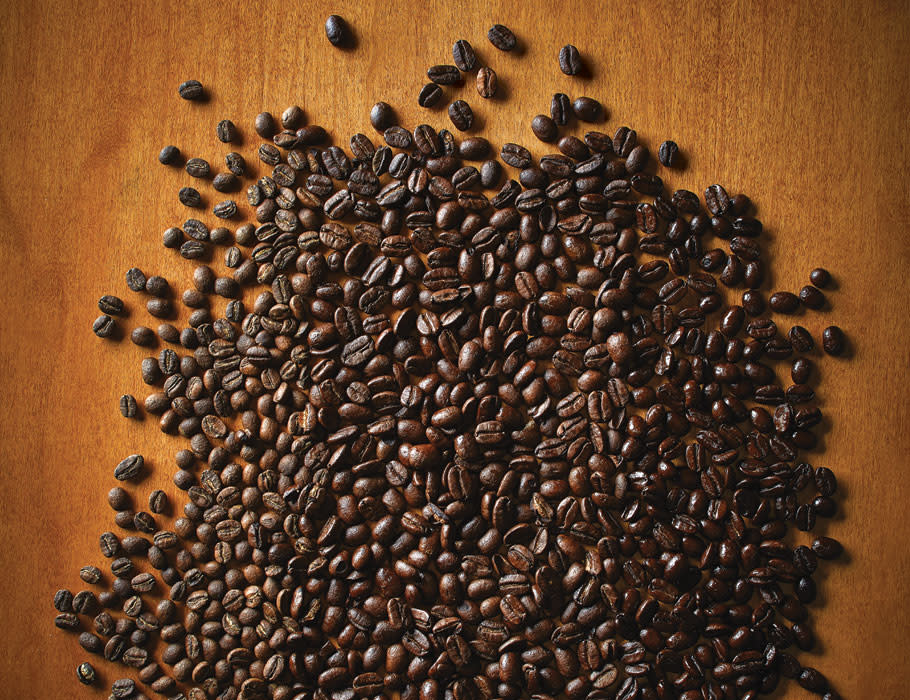
Understanding the complex world of coffee is a little like trying to understand wine — it can be intimidating, to say the least. But you don’t have to be an aficionado to brew a great cup of coffee at home. You just need to pay attention to a few things.
Understanding Coffee Beans
There are two kinds of coffee beans: robusta and arabica. Robusta is less expensive to produce and is used primarily in commercial canned and instant coffees. And though robusta beans contain twice the caffeine as arabica beans, the flavor is much more bitter. So to get the best of both types of beans, robusta are typically blended with arabica. Robusta brings the caffeine content while arabica smooths robusta’s bitterness. The majority of the world’s coffee is arabica. Its flavor is superior to robusta, but since the quality of beans varies significantly, your best bet is to buy from a trusted roaster.
Coffee Roasting & Freshness
The flavor of coffee is locked inside the green, unroasted beans. Roasting unlocks and develops their flavor. Longer roasting times and higher temperatures make for darker, oilier beans. When beans are roasted, gases, including carbon dioxide, build within the beans. The beans must be degassed to ready them for packaging, but degassing too long can cause the coffee to stale, resulting in diminished flavor. That’s why freshly roasted and ground beans taste fresher than most canned varieties.
Understanding Coffee Roasts
LIGHT
• Beans are very dry
• Coffee is bright and fruity with zesty acidity
• Often called Cinnamon or Half City roast
• Frequently used in coffee blends
• Highest caffeine content of the three roasts
MEDIUM
• Beans have small droplets of oil
• Coffee has medium body and acidity
• May be named American, Breakfast, or City roast
• Often used in blends
• Mid-caffeine level, between light and dark roast
DARK
• Beans are very shiny with oil
• Coffee is full-bodied and bittersweet with low to no acidity
• Typically called Italian, French, or Espresso roast
• Lowest caffeine content of the three roasts
Buying Options
There’s more than one way to buy great-tasting, fresh beans. But no matter where you purchase them, here’s what to look for and how to store the beans once you get them home.
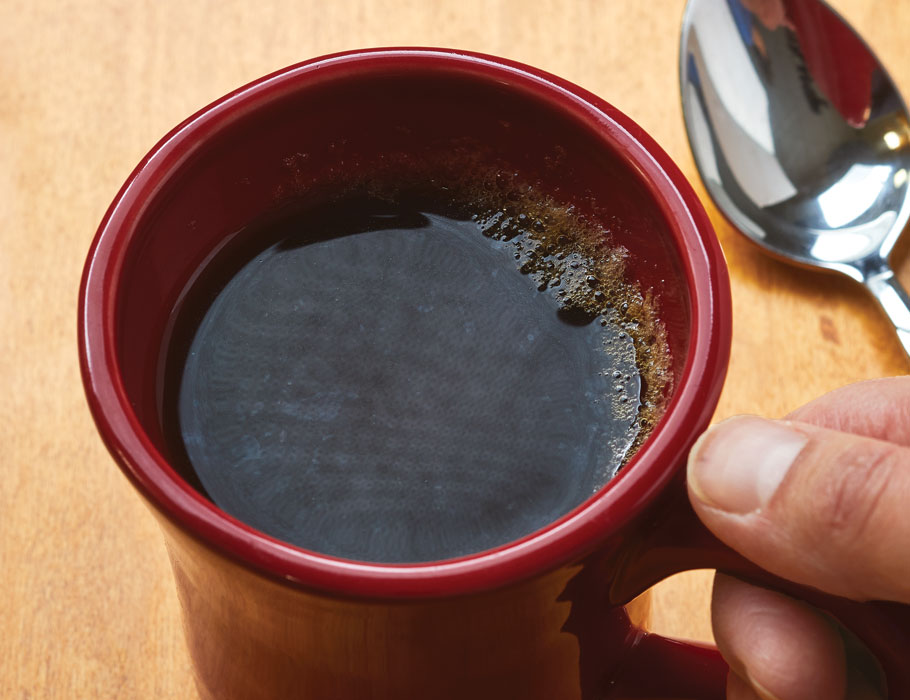 COFFEE SHOP Buy from a shop that roasts its own beans. You’ll be able to purchase small quantities and get individual recommendations. You can even check out roasts and blends by buying a cup of coffee to see if you like it. Ask when the beans were roasted — they should be no more than a week old.
COFFEE SHOP Buy from a shop that roasts its own beans. You’ll be able to purchase small quantities and get individual recommendations. You can even check out roasts and blends by buying a cup of coffee to see if you like it. Ask when the beans were roasted — they should be no more than a week old.
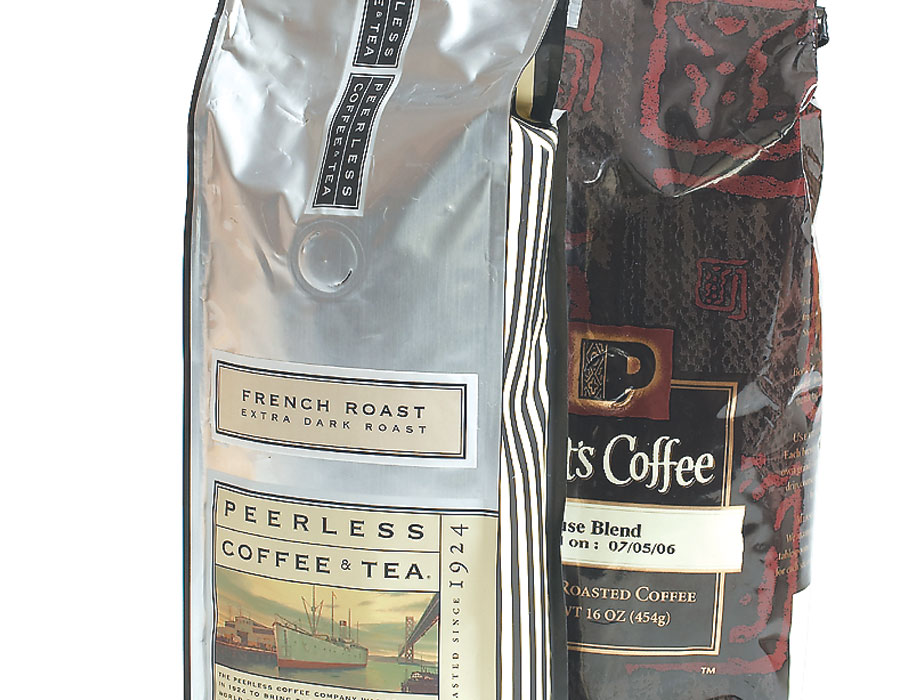 SUPERMARKET Coffee sold in valve packs is your best option here. You won’t know exactly when they were roasted, but check the “best buy” date on the package (usually 4–6 months after roasting), then choose a bag dated as far in the future as possible. Never buy beans from bins; they’ve been exposed to air and you have no way of knowing how long they’ve been there.
SUPERMARKET Coffee sold in valve packs is your best option here. You won’t know exactly when they were roasted, but check the “best buy” date on the package (usually 4–6 months after roasting), then choose a bag dated as far in the future as possible. Never buy beans from bins; they’ve been exposed to air and you have no way of knowing how long they’ve been there.
 ONLINE SMALL ORDER Most companies, such as Blue Bottle Coffee, ship beans within a day or two of roasting so you’re assured the freshest beans possible. They also provide extensive descriptions, and the coffee flavors are consistent.
ONLINE SMALL ORDER Most companies, such as Blue Bottle Coffee, ship beans within a day or two of roasting so you’re assured the freshest beans possible. They also provide extensive descriptions, and the coffee flavors are consistent.
How to Store Coffee Beans
The key is to limit the bean’s exposure to air, so store the beans in an airtight container or roll the bag snug and secure it with a rubber band. If you’ll use the coffee within ten days, just keep it at room temperature; if not, store it in the freezer. You can use a special coffee storage container to ensure maximum freshness.
How to Make The Perfect Brew
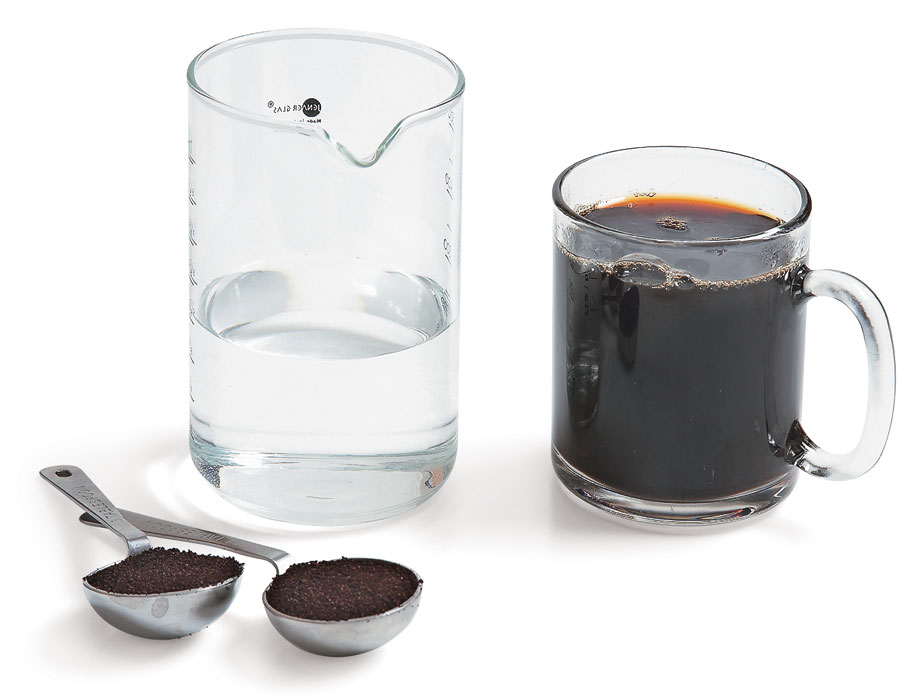 Grind coffee beans just before brewing them — you want their aromatic oils in your cup, not evaporating into the air. No matter what brewing method you prefer, the biggest factor is the coffee-to-water ratio. Use 2 Tbsp. ground coffee (get yourself a scoop specifically to keep with your coffee!) for every 6–8 oz. water (here's a great measuring cup to keep with your coffee supplies), and don’t skimp! If you don’t use enough coffee, the grounds will over-extract and produce a bitter brew. Don’t eyeball it; measure the number of ounces your pot holds to determine how much coffee you need to use.
Grind coffee beans just before brewing them — you want their aromatic oils in your cup, not evaporating into the air. No matter what brewing method you prefer, the biggest factor is the coffee-to-water ratio. Use 2 Tbsp. ground coffee (get yourself a scoop specifically to keep with your coffee!) for every 6–8 oz. water (here's a great measuring cup to keep with your coffee supplies), and don’t skimp! If you don’t use enough coffee, the grounds will over-extract and produce a bitter brew. Don’t eyeball it; measure the number of ounces your pot holds to determine how much coffee you need to use.
Four Buzzworthy Recipes Featuring Coffee
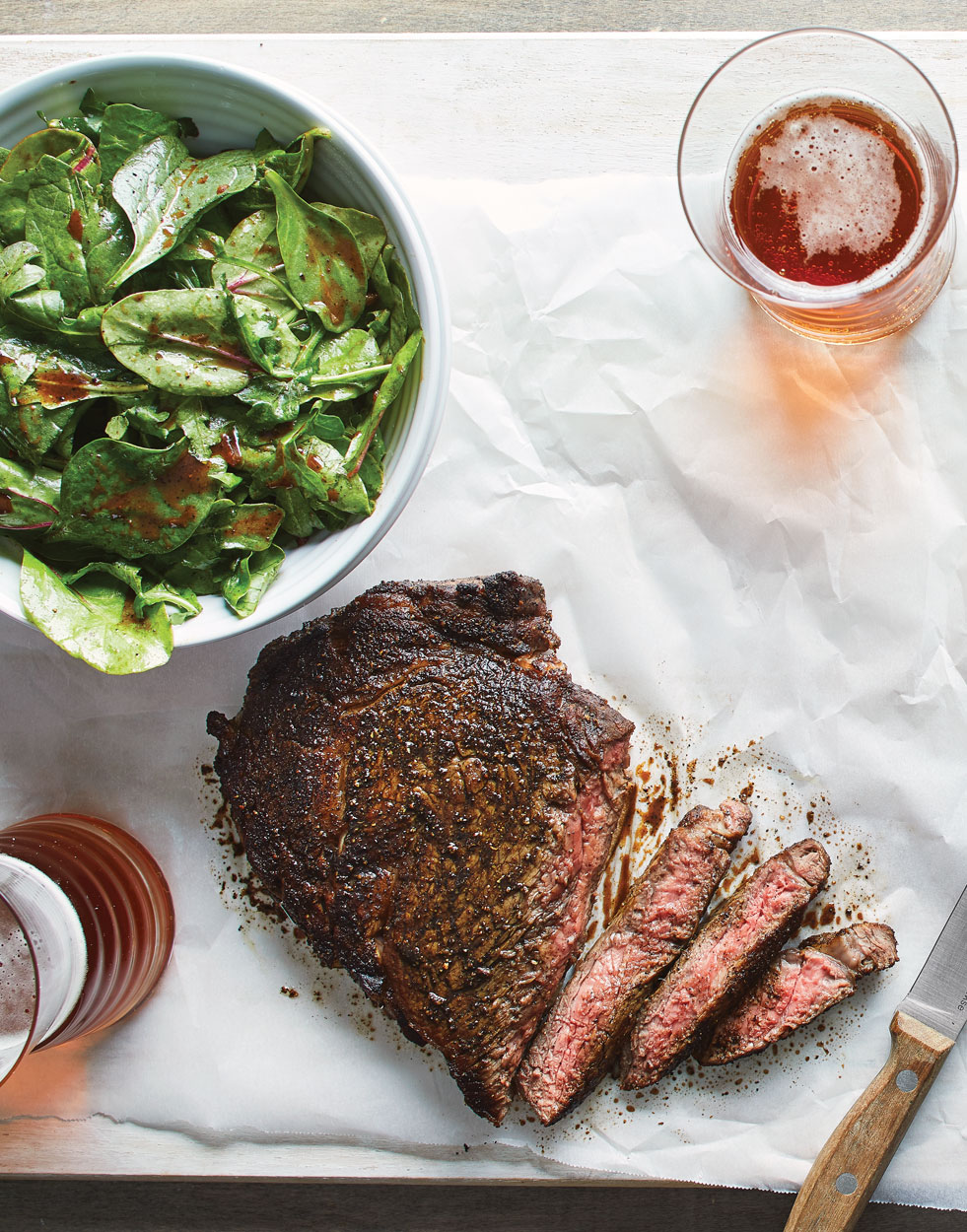 Coffee-Rubbed Rib-Eye & Salad with coffee-balsamic vinaigrette
Coffee-Rubbed Rib-Eye & Salad with coffee-balsamic vinaigrette
Red-Eye Black Bean Soup
Coffee Coffee Cake
Homemade Coffee Liqueur

Product Recommendations
Interested in cooking? Need some supplies?
Check out some of the tools we like. All products featured on Cuisine at Home are independently selected by our editors; we may earn an affiliate commission from qualifying purchases through our links.